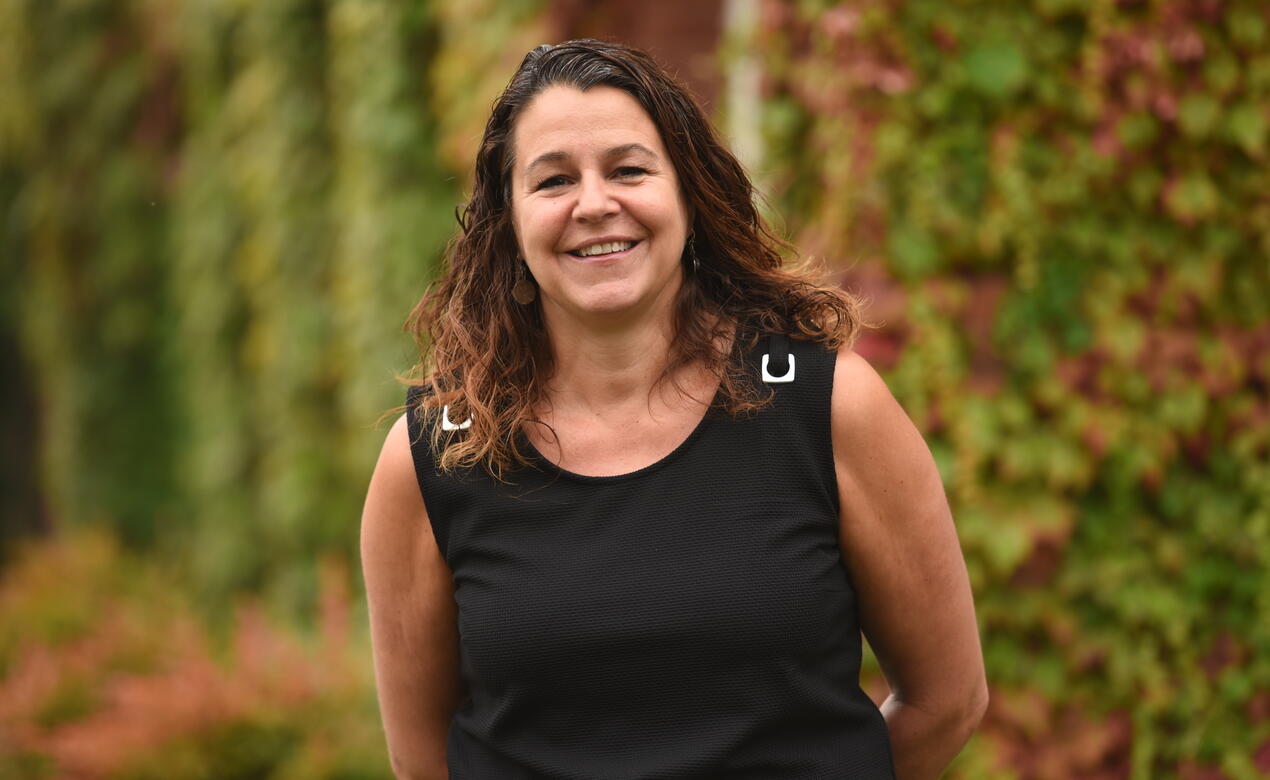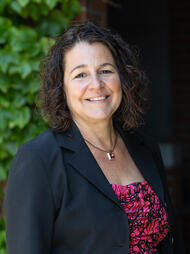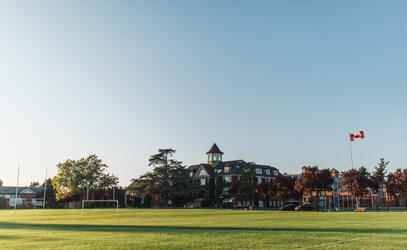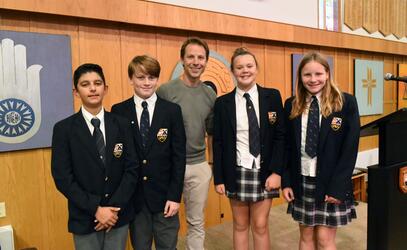
“To raise new questions, new possibilities, to regard old problems from a new angle, requires creative imagination and marks real advance in science.”
As the school year has unfolded, so has our planning on enhancing the profile of STEAM (science, technology, engineering, arts and mathematics) at SMUS. This was identified as one of our strategic priorities in Floreat 2030, to support our enduring goal of providing the best education in Canada and outstanding preparation for life.
At the beginning of the school year, we formed a small working group consisting of myself, Director of Educational Technology Dave Hlannon, several faculty who have worked in the STEAM subject areas and Mina Harfoor, Dean of Engineering at the University of Victoria, who provided an external perspective.
Setting a Long-Term Mission and Vision for STEAM
An essential step in our planning was to begin with articulating a vision and mission for STEAM at SMUS. The one question that repeatedly came up in our early discussions was: What exactly does STEAM, or a STEAM approach, look like at SMUS? We hope that the Vision and Mission statements we created provide clarity on the direction that STEAM will take across all of our grades.
VISION
To have our students develop the skills to be at the forefront of innovation, helping create ethical solutions for our increasingly complex world.
MISSION
Our STEAM approach centres on developing strong technical capabilities and embraces the messiness of productive failure, collaboration and risk-taking to foster resilience, creative confidence, and a “no-limit” mindset.
In addition to arriving at the Vision and Mission of STEAM, we also articulated what should be happening in the learning process that would constitute a STEAM-inspired approach:
- There is an open-ended challenge (many possible approaches and outcomes) with well-defined and measurable success characteristics.
- Incorporates tools or technology to build or develop a product.
- Offers an opportunity to apply foundational skills and knowledge from S, T, E, A and/or M to solve.
- Incorporates the Design Process, a collaborative approach, and the goals of our STEAM Mission.
It has been exciting for our group to consider the possibilities in areas such as data science, coding (including robotics) and engineering, and one of the next steps in our process is visiting other schools where STEAM is a priority. To further our connection with STEAM, we have added a few course options at the Senior School in engineering, media design, and advanced topics in mathematics, which our students are already excited about.
We have also hired an educational leader, joining us in September, who brings experience and expertise in computer science, engineering and design. We are excited about this opportunity, as they will be instrumental in supporting and guiding us along this journey from K-12. They will have an opportunity to teach in computer science and engineering at the Senior School, and we will be look for ways for SMUS students to immerse themselves in these areas.
We are also looking forward to the Science Centre STEAM Expansion project, as part of the Richmond Road Campus Master Plan, which will give students further purpose-built spaces to explore STEAM subjects.
STEAM Supports Preparation for Life
Our prioritization of STEAM connects seamlessly to another priority we are working on, which is the Portrait of a Graduate. What is involved in preparing our graduates for life? What are essential elements of our academic program and the experiences that our students should have when they leave our school?
There is an opportunity to infuse our curriculum with a STEAM-based approach, which consists of elements such as real-life situations, and developing creative, critical thinking and collaboration skills. While our Portrait of a Learner emphasizes soft skills students need to continue developing, the experiences that 21st century learners will acquire will also prepare students for life after graduation. We are proud of the plethora of opportunities already available to students, including the Imagination Lab activities in the Junior School, STEAM club options in the Middle School, robotics programs and more, and look forward to growing this programming in the coming years.
SMUS students of all ages will continue to benefit from learning experiences where real-world problem solving, coding, design, creative thinking, and visual literacy play a part in the process. Learning at SMUS will continue to be filled with challenge, opportunity and excitement, and it will continue to inspire our students along their journey.



